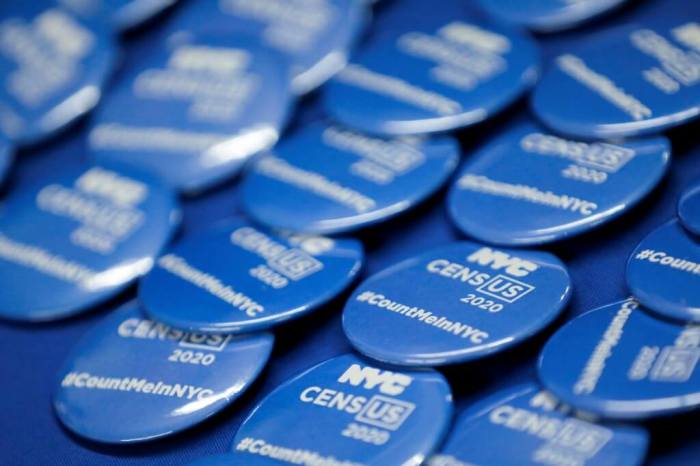Like most mothers, Jonquella Wheeler dedicates her life to her children. A resident of the Van Dyke Houses in Brownsville, Ms. Wheeler is raising her two boys as a single mother. In 2012, her life changed in the blink of an eye when she took her younger son Khemel for a routine doctor’s visit. The doctor told her Khemel had tested positive for extremely elevated levels of lead in his blood.
Following her son’s diagnosis, Department of Health inspectors showed up at her apartment and detected the presence of lead paint. Most was coming from exposed pipes in her living room. Lead is a well-known neurotoxin that can cause a variety of issues, particularly when those exposed are under the age of six. Ms. Wheeler was heartbroken, but she knew she couldn’t remain silent.
Since her son’s diagnosis, she has spoken out about how she feels the city has failed Khemel, who is now 10 and suffering from symptoms of lead poisoning.
Ms. Wheeler’s story is far from unique, and she bravely shared it again as we stood outside Van Dyke Houses on the weekend of Oct. 25. The Thursday before, Bart Schwartz, the federal monitor for NYCHA, had revealed that 9,000 apartments that had children living in or spending significant time there contained lead paint — more than triple the amount previously thought.
That list of 9,000 includes apartments of relatives where children spent more than 10 hours a week. NYCHA previously acknowledged back in 2018 that 3,000 apartments had lead hazards. And that updated figure still may be an underestimate of the extent of the issue. Recent reporting by nonprofit newsroom The City indicates that the real number of apartments in NYCHA with lead hazards may be closer to 20,000.
In any other year, this would be considered the biggest governmental failure in recent memory. It underscores the complete disregard the city has shown to Black and brown children, who comprise the vast majority of children living in NYCHA. I can’t help but think that if the widespread presence of lead were detected in Sutton Place in Manhattan, and not Sutter Avenue in Brownsville, the city’s response would be very different.
The only way we will see a long-term turnaround at NYCHA is real-time data-driven accountability and transparency of its asset management. Every boiler in need of repair, or apartment with lead paint, or any other maintenance issue across the 334 developments and 178,895 apartments that comprise NYCHA should be tracked and consistently updated in a centralized database. I laid out a plan to do just that, called NYCHAStat, two years ago. The city has committed to implementing it, but we have yet to see any progress.
Right now, however, our focus needs to be on expedited remediation efforts. Every day that children continue to spend time in apartments with lead paint only increases their risk of exposure. We simply cannot wait for NYCHA’s new capital revenue plan to fund these efforts, which will take years. Congress and the White House must add the full cost of NYCHA lead remediation into the stimulus package being negotiated so that we can clean up all apartments immediately. NYCHA should also fast-track contracting procedures, and immediately engage any city-based company licensed to do this remediation work that will pay prevailing wage.
And because they have already failed to uphold their most basic responsibility to keep tenants safe, NYCHA must not charge rent to any tenant living in any apartment found to contain lead until it is fully remediated. We also need real accountability for these failures.
The horrifying story Ms. Wheeler shared is that of so many families living in public housing. They feel ignored and overlooked. They feel beaten down by the routine indignities they’re forced to endure. They feel like second-class citizens. They feel voiceless.
We owe it to Ms. Wheeler, Khemel, and the thousands of other families suffering right now to continue amplifying their voices.
Eric Adams is borough president of Brooklyn. He served 22 years in the New York City Police Department (NYPD), retiring at the rank of captain, as well as represented District 20 in the New York State Senate from 2006 until his election as borough president in 2013























